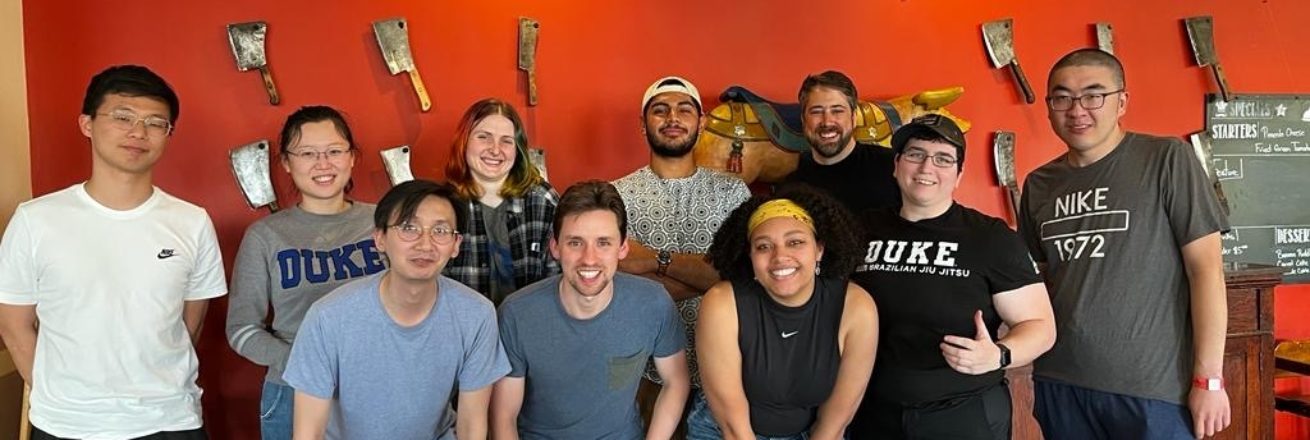3D-TrIm captures viral first contacts
The early stages of the virus-cell interaction have long evaded observation by existing microscopy methods due to the rapid diffusion of virions in the extracellular space and the large three-dimensional cellular structures involved. A huge challenge in tracking processes over 3D volumes is that the temporal resolution becomes limited by the volumetric imaging rate. This is a huge barrier for fast-moving objects that cover large distances between images. The key to breaking this speed limit is to apply a multimodal method, where the tracking element is unburdened by the temporal overhead of trying to image an entire volume. Enter 3D Tracking and Imaging (3D-TrIm) microscopy. The key is to use an active-feedback tracking method to “lock on” to the virus (3D-SMART, https://nature.com/articles/s41467-020-17444-6). With the rapidly moving virion locked in the focal volume of the microscope, the temporal resolution becomes limited only by the photon collection rate. To provide cellular context, we used a sparse-sampling volumetric imaging approach (3D-FASTR, https://doi.org/10.1364/OE.27.036241). Together, high-speed 3D single-virus tracking in volumetric context can be achieved. #teamTrIm (former grad student Dr. Courtney Johnson, postdoc Dr. Jack Exell, grad student Yuxin Lin, and undergrad alum Jonathan Aguilar) put in years of effort to make this scope a reality. Using 3D-TrIm, the team captured the early contacts of viruses with the cell surface in unprecedented detail, including in epithelial cultures, the front line of defense for viral infection.
Read more in the full paper recently published at Nature Methods.
To learn more about why 3D-TrIm is such a big advance to single-virus tracking, see the wonderful “News & Views” from Dr. Sergi Padilla-Parra – “Next-generation single virus tracking”
Details can also be found at Duke Today! Sound up when watching the video 🎧
